Rather than throwing a new price cracker on to the market, Huawei’s subsidiary, Honor, has decided to push past the €500 mark for the first time with the 8 Pro and is cooperating with a network provider. Can Honor do premium?
The Honor 8 Pro is sold in O2 shops for €541, eight euros cheaper than in the official Honor shop at www.vmall.eu. The brand is a subsidiary of the smartphone giant Huawei, a company used to success that managed to work its way up to third place worldwide behind Apple and Samsung in a short space of time. Until now, Honor has predominantly focused on direct online sales. Now it is cooperating with a network provider for the first time and not likely the last. As Honor and Telefónica explain, the 8 Pro marks the beginning of a strategic cooperation, under which Honor devices will be provided by O2 in the future. In addition to the sales channel,the price policy is also new.
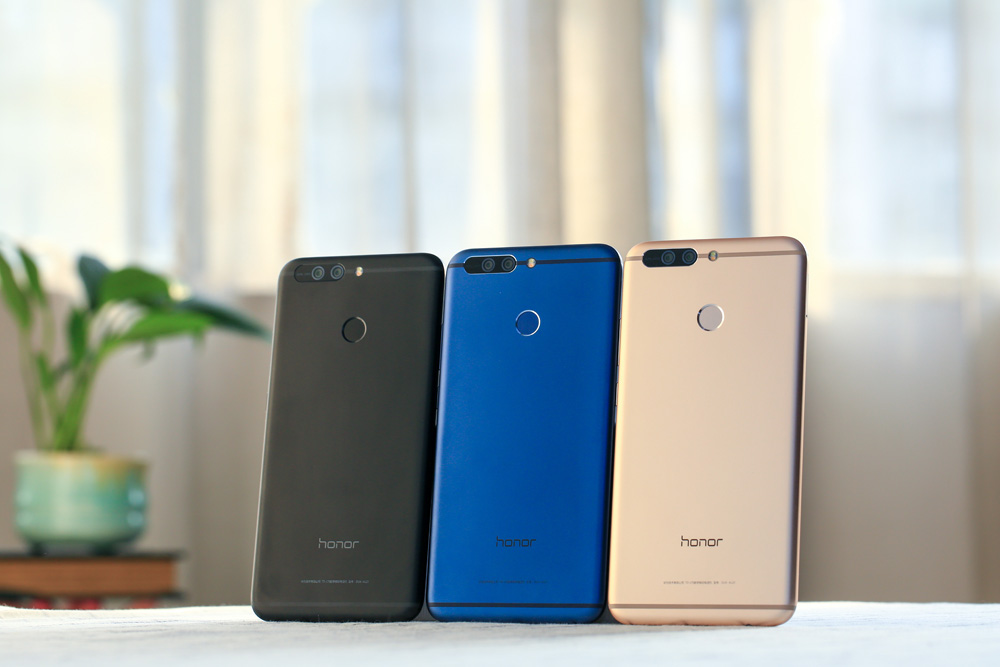
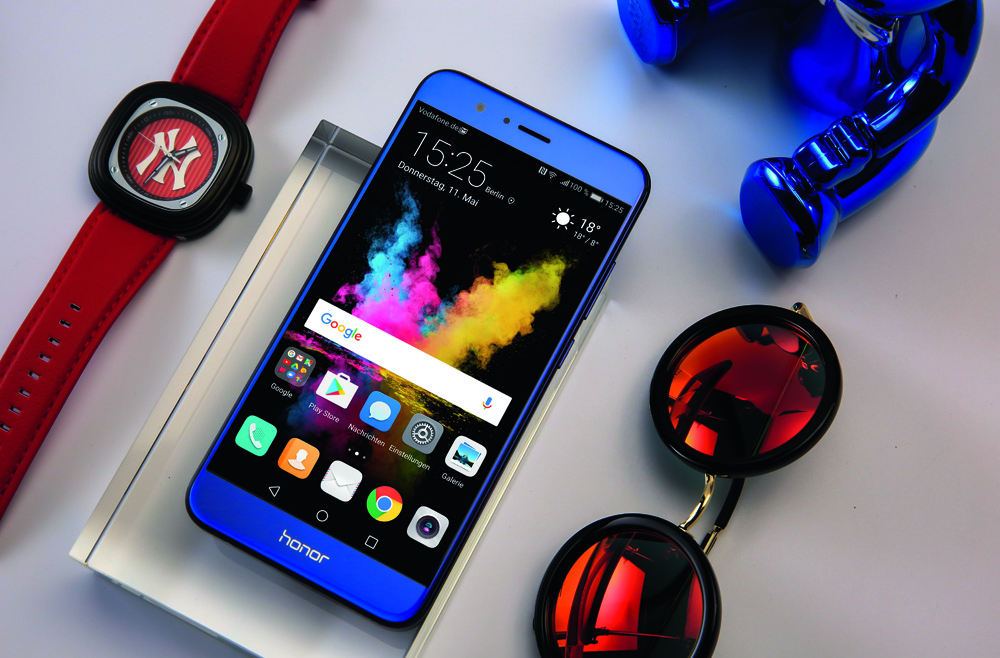
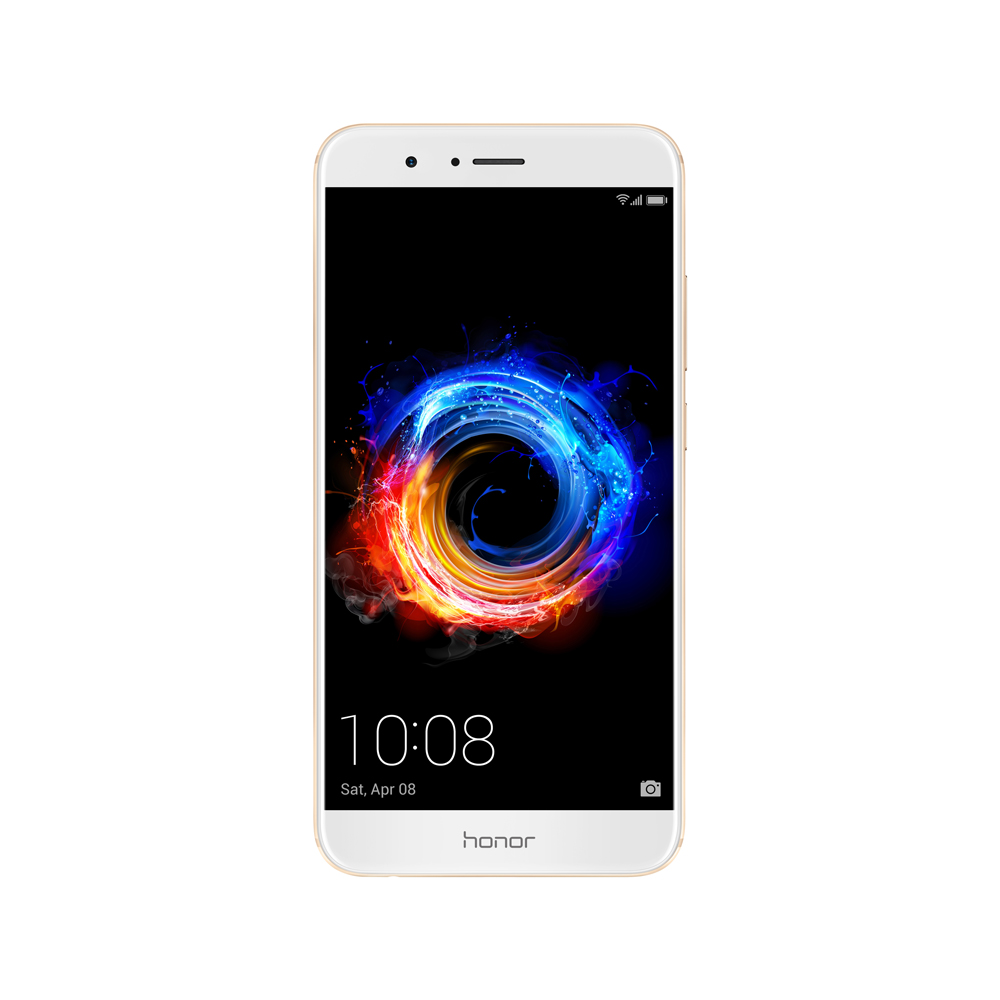
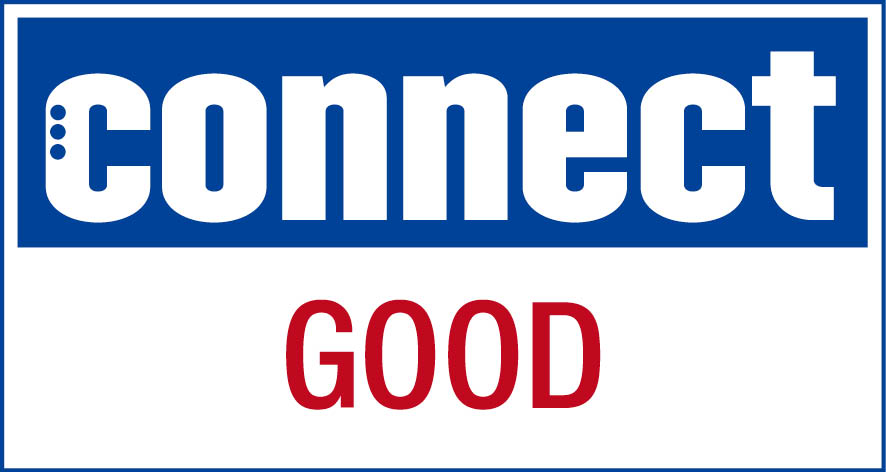
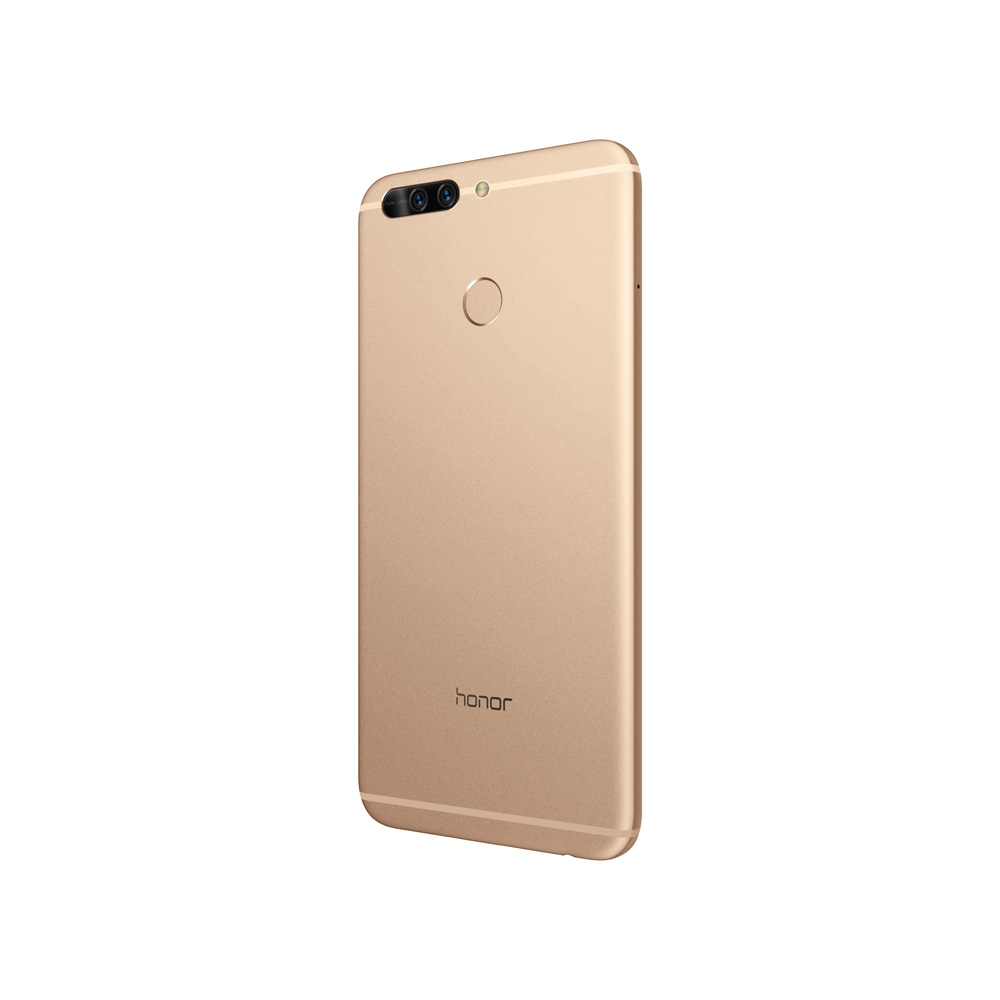
Until now, Honor has completely relied upon value for money devices, often using Huawei technology in the past that the parent company had already introduced into its top devices. So essentially delayed recycling. This strategy enabled some really attractive packages in the past. Now the Chinese company has entered a price territory with the 8 Pro at €550 in which not only design and technology, but also name plays a role. If a consumer is given the decision to spend the same money on an Honor as a Samsung or a Huawei, why should they go for the brand with the lowest recognition?
A part of the answer could be the attractive design. As the first contact quickly makes clear, the device is optically and haptically worth every penny. The cool metal feels really good and, despite its size, the 5.7-inch phone sits very well in the hand with its rounded corners and ultra-slim design (design height = 7 mm). The finish is excellent all round, but the only issue is the missing IP certification: unlike Apple and Samsung, the casing is not protected against temporary submersion.
PRO
- Elegant, ultraslim aluminium case
- High-resolution QHD display
- High-performance chipset with 6 GB of RAM
- Good camera
- Modern user interface with lots of extras
- Dual SIM
- Good to very good wireless capabilities
- Very good battery life
CONTRA
- Casing not waterproof to IP standard
Lots of performance for the money
The 5.7-inch LCD offers an ultra-sharp resolution of 2560 x 1440 pixels and luminosity of 449 cd/m2. The contrasts are distinct and the viewing angle stability is high, while the user can adjust the colour temperature in the settings. However, in our eyes that is not at all necessary.
All-in-all a successful show that continues when you look behind the screen. Honor utilises the current top 960 chipset by another Huawei subsidiary, Kirin. This chipset also powers Huawei’s flagships, the Mate 9, P10, and P10 Plus, and belongs to the top-of-the-range in terms of technical performance. It is flanked by 6 GB of RAM, providing an almost optimum level of performance. In benchmarks, the Honor 8 Pro easily outdoes Samsung’s top model Galaxy S7 from the previous year.
However, it does not reach the current top contender on the connect leader board, the Galaxy S8, but this is an acceptable result given the price difference of more than €200.
The same goes for the internal storage: 64 GB (almost 50 GB free) is what is expected from a €500 smartphone in 2017. More would have been better of course, while less would have been a fatal point for critic. The micro-SD slot can hold either memory cards up to 128 GB or a second nano-SIM, giving the user the choice between the two.
Up-to-date software
Honor takes the software one-to-one from Huawei. The current Android 7.0 is installed as a system basis, which is covered with the in-house EMUI 5.1 user interface. This UI offers great convenience: the interface reacts quickly, is intuitive, and optically well-designed, not to mention sprinkled with numerous extras that Google does not offer ex-works. This includes an app lock and a telephone manager to optimise performance.
The machine learning algorithms, which ensure the smartphone runs smoothly even after long use, are also implemented in the Honor 8 Pro. You can read more about that in the article from page 76. What can be said when looking forward: Honor provides just as good software support as the umbrella brand, so an update for the upcoming Android version is pretty much certain.
Leica is reserved for Huawei
The dual camera on the back makes you think of the Leica dual-optics from Huawei’s P series, but it does not touch it. While the P10 combines a 20-megapixel monochrome and a 12-megapixel colour sensor, both sensors deliver 12 megapixels on the 8 Pro. In addition, portrait mode is missing, which automatically recognises people in the image and focusses on them while covering the background with a subtle bokeh. The camera menu is not as clear as with the Leica phones, which you notice especially in professional mode. It quickly becomes apparent that Huawei is cautious with reserving certain premium functions for its flagships. This is an understandable strategy given these have higher prices.
As our camera testing process (see page 28 for more details) shows, the image quality slightly decreases in brighter and darker environments. The P10 also manages to makes a cleaner job of depth of focus, which simulates different apertures.
The find is essentially the same for the 8-megapixel front camera: the image quality is very impressive, but some extras are missing, like the selfie portrait mode, which Huawei introduced with the P10 range. All in all, the differences in image quality, functions, and user interface are very minor and probably will not stand out to most users.
Huawei’s clever two-brand strategy
Sometimes you get the impression that Huawei is eating into its own market share with the Honor models. In reality, the Chinese company is laying the foundations for a digital future that is no longer that far off.
Huawei started the Honor project at the end of 2013 in China and entered the market in Germany and Europe one year later. The brand is now represented in over 80 countries and continues to expand. The sales figures give the impression of strong growth: of the 108 million smartphones Huawei sold in 2015, 40 million were Honor devices. The brand is a particular success in China and is based on a direct sales strategy, which dynamic start-ups like Oneplus practice. This is combined with a product policy that profits from the know-how Huawei. Honor smartphones adopt many technical components developed by Huawei.
The entire software also comes from the parent company. This allows Honor to put together very attractive smartphone packages for very low prices. The brand describes itself as an “E-brand” and aims at “digital natives”. What initially sounds like PR talk turns out to be a clever two-brand strategy by the Chinese company upon closer inspection. While Huawei devices are available through the typical sales channels, Honor addresses the Internet-oriented youth who spend half of their life on the net. This is not just limited to online sales as Honor is also very present on social networks, which it uses to handle most of its customer communication. Image and support are aligned exactly with a target audience that prefers to check Facebook to see when an update is coming rather than call a hotline.
These are times when Amazon has started its “Fresh” service and groceries ordered online arrive at your front door hours later. It’s only a matter of time until smartphone purchase and all related customer processes are carried out entirely online. Huawei is very well-positioned for this day.
Lab test and conclusions
With its powerful 4000-mAh battery, the Honor 8 Pro achieved a respectable 8:05 hours in our battery life test, bringing it rather closer to Huawei’s P10 and P10 Plus. It should last one to one and a half days with intense usage, while those who look at their smartphones less often could get two days without charging.
A strong result that continues in to the wireless capabilities, in which the Honor 8 Pro offers good to very good capabilities for all three networks. The premium Honor is able to secure a place in our top 10 with this all-round good performance and therefore an unconditional recommendation. The 8 Pro is no value for money rocket, but certainly an excellent smartphone. Thumbs up!
ANDREAS SEEGER

